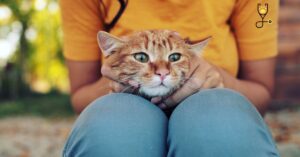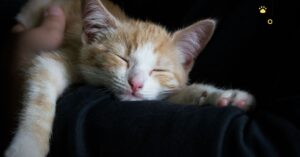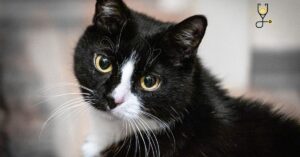Are you looking for ways to keep your cat entertained and engaged? If so, you’re in luck! There are plenty of enrichment ideas that can help keep your furry friend happy and healthy. From puzzle toys to new places to explore, here are 15 of the best options. Happy trails, kitty!
1. Puzzle toys
Not only do puzzle toys provide mental stimulation, they also give your cat a chance to work for their food. This can help with weight management and create a more enriching eating experience. Plus, watching them figure out the puzzle is just plain adorable.
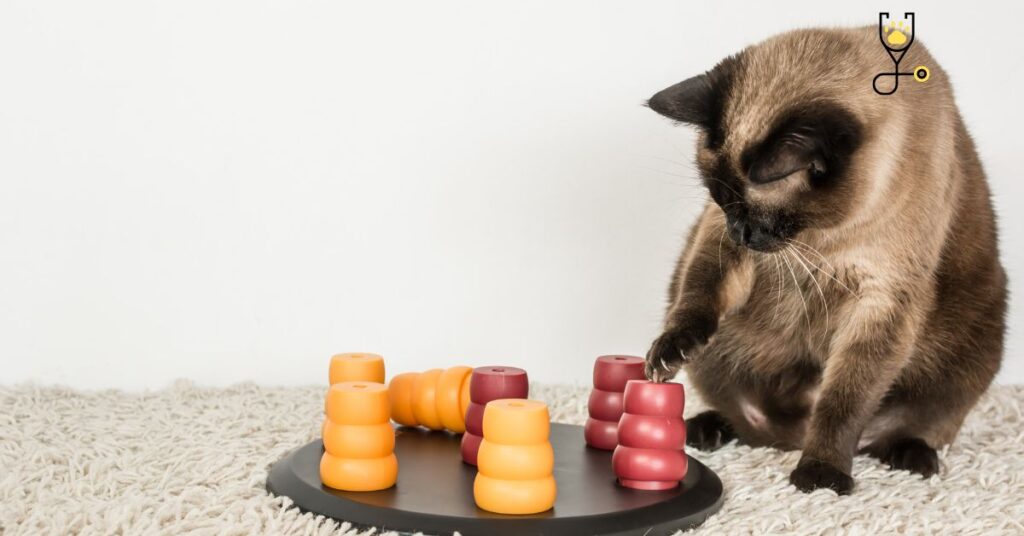
2. Scratching posts and boards
Scratching is a natural behavior for cats, and providing them with proper scratching surfaces can save your furniture from being used as their personal nail file. Scratching posts come in various shapes and materials, so consider your cat’s preferences when purchasing one. Your cat may also enjoy a cardboard scratching board, which can easily be replaced once it becomes worn down.
2. Interactive toys
Cats are curious creatures and love to play, so interactive toys such as wand toys or puzzle feeders can provide hours of entertainment (and mental stimulation) for your feline friend. Rotating out their toys frequently will keep things interesting and prevent boredom.
3. Food puzzles and slow feeders
Speaking of mental stimulation, food puzzles and slow feeders are a fun way to make mealtime interesting for your cat. Not only do they provide mental stimulation, but they also encourage physical activity as your cat figures out how to retrieve their food. Plus, it can help with weight management and prevent boredom eating.
4. DIY Treat Dispenser
Looking for a budget-friendly enrichment idea? Look no further than this DIY treat dispenser! All you need is an empty plastic bottle or Pringles can and some treats. Simply put the treats inside, seal the container, and cut small holes for your cat to fish the treats out with their paws. Easy and cost effective – what’s not to love?

5. Window perch
Cats love high places and watching the world go by, so why not give them a comfortable spot to do just that? Window perches attach securely to your window, allowing your kitty to soak up some sun while keeping an eye on birds and other outdoor activity. Plus, it’s a great way for indoor cats to get their daily dose of nature without having to leave the safety of their home.
6. Scratching post
Are you tired of finding your furniture or curtains in tatters from your cat’s scratching habits? A scratching post is essential for any feline household, as it provides a designated area for them to exercise their natural instinct to scratch and keep their claws healthy. Look for posts that are tall enough for your cat to stretch fully while scratching, and be sure to place it in a highly trafficked area to encourage use.
7. Interactive toys
Cats can get bored easily, so having some interactive toys on hand is crucial for keeping them mentally stimulated. Puzzle feeders, which require your cat to manipulate pieces or push levers to release their treats, are a great option for providing mental stimulation during meal times. There are also wand toys that mimic the movements of prey, allowing your kitty to hunt and play at the same time.
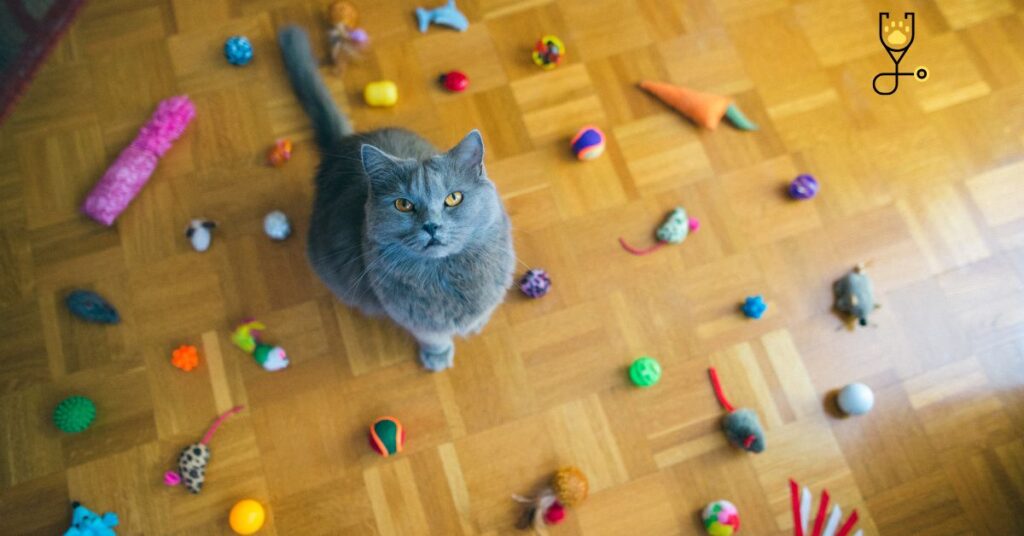
8. Tunnel or tent
Cats love small spaces where they can hide and stalk their next victim (AKA toy or treat). Tunnels and tents offer just that – a cozy hideaway for your furry friend to curl up in or play in. Many of these structures also have peepholes or crinkly material for added stimulation.
9. Cat grass
Cats can sometimes be finicky eaters, so adding some cat grass to their diet can aid with digestion and prevent hairball build-up. It’s easy to grow at home and can even be grown indoors in a pot – just make sure it’s not treated with any pesticides or fertilizers. Your kitty will thank you for the added greens in their diet!
10. Climbing tree
Cats love heights and climbing, so why not give them a designated spot to do just that? A cat tree offers multiple levels for your feline friend to climb on and scratch, as well as a cozy spot for them to curl up and sleep. Plus, it’s a great way to save your furniture from those sharp claws.

11. Food puzzle or slow feeder bowl
Meal times can sometimes be too quick and easy for our feline friends, leading to potential obesity and other health issues. Slow feeders or food puzzles allow your cat to work for their food, providing them with mental stimulation and slow down their eating habits.
12. Kitty condo or playhouse
Not only do cats love small spaces, they also love having a place to call their own. A kitty condo or playhouse gives your feline friend a private spot to curl up and nap, as well as a place to call their own in the house. Plus, it adds an extra level of stimulation for them with hiding spots and peepholes.
13. Catnip toys
Catnip is a natural herb that has a stimulating effect on cats – just make sure not to overdo it! It’s best to offer catnip toys as occasional treats, rather than giving them constantly. Look for toys filled with organic catnip for added health benefits.
14. Feather wand toy
Cats are natural hunters, so why not let them indulge in their instinct with a feather wand toy? These toys mimic the movements of prey and can provide great exercise and mental stimulation for your kitty – just be prepared for some playful pouncing and swatting.
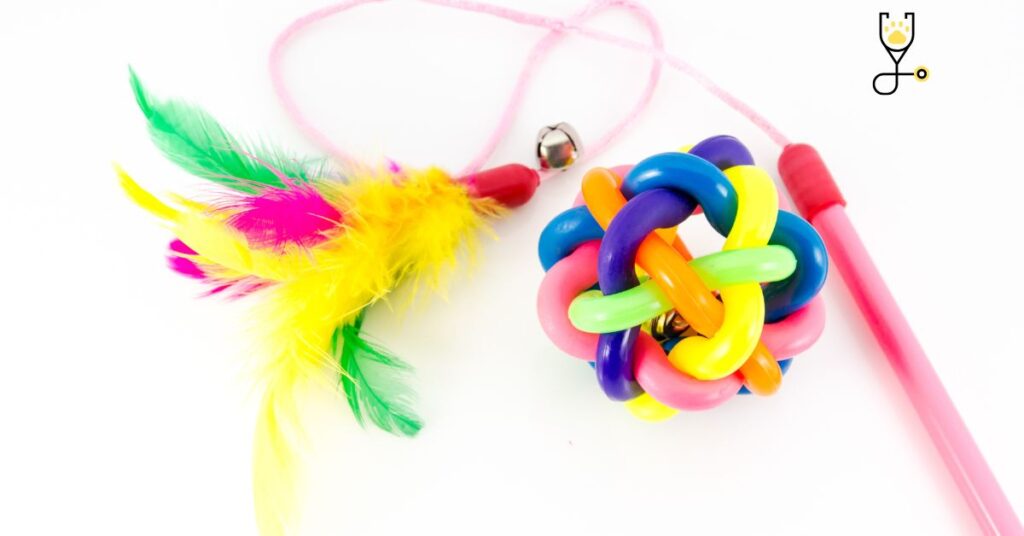
15. Cat harness and leash
Cats may not be as enthusiastic about going on walks as their canine counterparts, but they can still benefit from the added exercise and stimulation of the great outdoors. Look for a properly fitted harness to ensure your kitty’s comfort and safety while exploring the outside world with you. Be sure to start slowly and always supervise your cat while on a leash to ensure their safety.
Conclusion
There are plenty of options for enriching your cat’s daily life. From scratch posts to outdoor walks, incorporating these enrichment ideas into your kitty’s routine can provide physical and mental stimulation, prevent boredom, and improve their overall health and happiness. Happy enriching!
Frequently asked questions
1.What if my cat doesn’t seem interested in a certain enrichment idea?
It’s important to remember that cats have their own unique personalities and preferences, so what may be stimulating for one cat may not interest another. If your kitty doesn’t seem interested in a particular enrichment idea, it’s okay to keep trying different ones until you find something they enjoy. It’s also important to gradually introduce new toys or activities – don’t expect them to love it immediately!
2. Can I give my cat catnip every day?
Although catnip can be a fun and stimulating treat for cats, it’s important not to overdo it. It’s best to offer catnip toys or treats as occasional treats, rather than giving them constantly. Too much catnip can actually have the opposite effect and make your kitty drowsy or uninterested.
3. Is it safe for my indoor cat to go outside on a leash?
It is generally recommended that indoor cats stay inside for their own safety – there are potential dangers such as cars, other animals, and diseases. If you do decide to take your indoor cat outside on a leash, it’s important to gradually introduce them to the experience and always supervise them closely. It’s also important to use a properly fitted harness and avoid busy or high traffic areas. Consult with your veterinarian for more personalized advice on taking your indoor cat outside.
4. Can enrichment activities replace playtime with my cat?
Enrichment activities can supplement playtime with your kitty, but it’s important to spend quality time interacting and bonding with them as well. Playing with your cat using toys, laser pointers, or even just a crumpled up piece of paper can provide both physical and mental stimulation – just remember to let them be in control and “catch” their prey every once in awhile!
5. How do I know if my cat is bored?
Signs of boredom in cats can include excessive meowing or vocalization, decreased appetite or overeating, destructive behaviors such as scratching furniture, and a general lack of energy or enthusiasm. It’s important to provide enrichment activities and toys to prevent boredom and keep your kitty mentally and physically stimulated. If you notice any concerning changes in behavior, it’s best to consult with your veterinarian for personalized advice.


